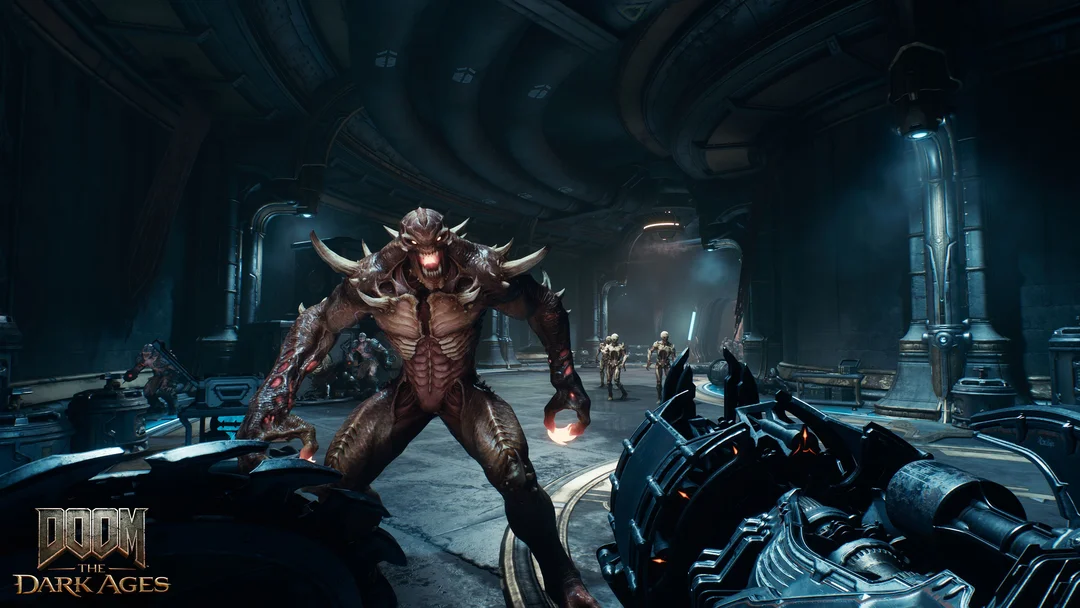
DOOM: The Dark Ages Shatters Expectations with Unreal Optimization and DLSS 4 Magic
DOOM: The Dark Ages is poised to be a technological marvel, pushing the boundaries of what's possible on both consoles and PC. But the impressive optimization isn't just about high-end performance; it's also about accessibility. Recent demonstrations showcase the game's astonishing scalability, even running at incredibly low resolutions with impressive results thanks to NVIDIA's DLSS 4 technology.
One example that's been making waves online involves running DOOM: The Dark Ages at a staggering 240p resolution. While this may sound like a recipe for visual disaster, the combination of clever optimization and DLSS 4 upscaling allows the game to remain surprisingly playable and even aesthetically pleasing.

The YouTube channel RandomGaminginHD showcased DOOM: The Dark Ages running on an RTX 3050, rendering the game internally at 360p and then using DLSS 4 to upscale it to 1080p. The results are, frankly, astonishing. As the video's creator notes, a game rendered at 360p "has no right to look as good as this." Stepping it down further to 240p rendered/720p display gives a classic DOOM feel to many viewers.
But what's the point of all this? This demonstration highlights the incredible potential for DLSS and similar upscaling technologies to bridge the gap between hardware limitations and visual fidelity. This is crucial as games become increasingly demanding and the latest hardware remains expensive. If a game can be scaled down to such low resolutions and then intelligently upscaled, it opens the door for a wider range of players to experience the latest titles on their existing hardware.
Further solidifying this dedication to optimal performance, id Software's director of engine technology, Billy Khan, provided an in-depth look at the development of id Tech 8, the engine powering DOOM: The Dark Ages.
Khan emphasized that the engine is purpose-built for the game, ensuring that any visual capabilities directly impact the player's immersion. Key to this approach is a focus on speed and optimization, a balance that enables both excellent performance and impressive graphical fidelity. This balanced approach is achieved due to the team's shared goals with artists, designers, engineers and producers. The team also focused on using a minimal set of shaders and minimized context switches for the GPU.
Ray tracing is another major feature in DOOM: The Dark Ages, with the game adding RTGI (Ray Traced Global Illumination) to the ray-traced reflections from Doom Eternal. Khan states that this implementation ensures a solid 60fps even on consoles and provides huge improvements for the development pipeline speed. This is made possible by ray tracing offering WYSIWYG implementation for lighting and world atmosphere.
Khan also stated that since the entire scene graph is on the GPU, the CPU can focus on physics, sound, and gameplay providing a highly optimized gameplay experience overall, which is further enhanced by sector streaming when loading new levels. They avoided stuttering, which stems from their game-engine approach.
DOOM: The Dark Ages is shaping up to be more than just a visually stunning game; it's a testament to the power of optimization and intelligent upscaling technologies. Whether you're running it on cutting-edge hardware or squeezing every last frame out of an older system, the game promises a visceral and engaging experience.
What are your thoughts on the optimization techniques used in DOOM: The Dark Ages? Let us know in the comments below!